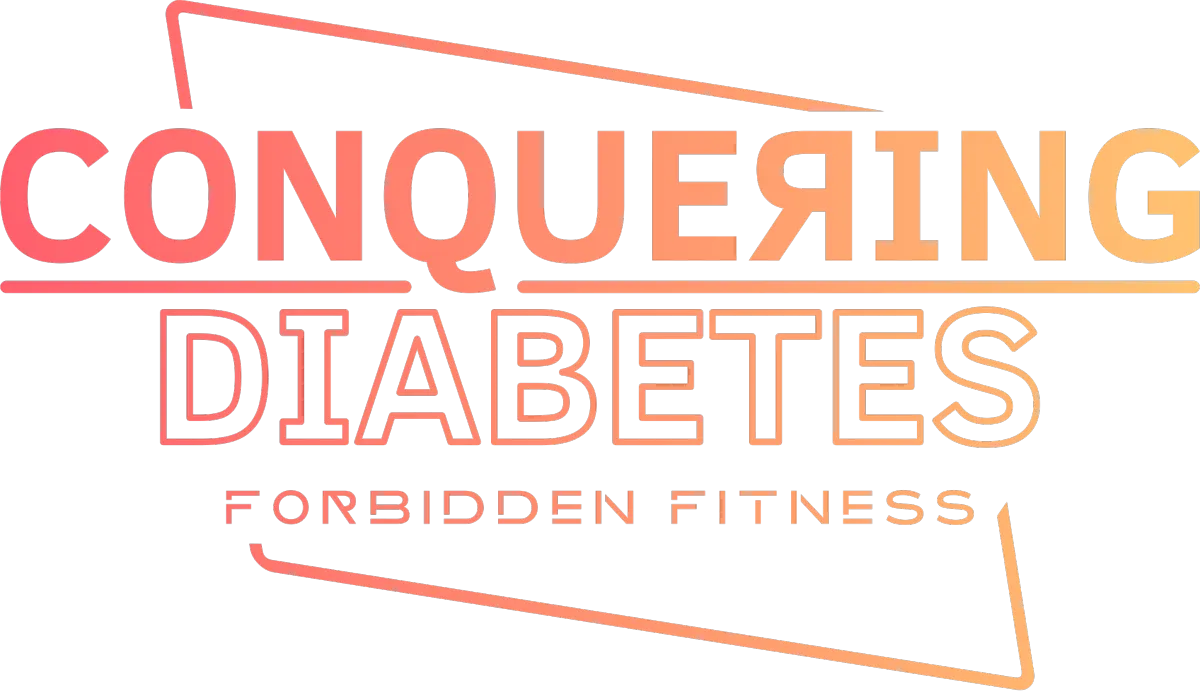
DIABETES EXPLAINED
INTRODUCTION
Welcome to my "Diabetes Explained" page, your comprehensive resource for understanding diabetes. Here, you'll find detailed information on Type 1, Type 2, and pre-diabetes, including their unique characteristics and challenges.
Learn about the genetic, environmental, and lifestyle factors that contribute to diabetes, as well as the common symptoms and diagnostic processes for early detection and management. Stay informed with the latest advancements and statistics in diabetes care and treatment.
Our goal is to provide you with valuable insights and resources to help you navigate and manage diabetes effectively. We hope you find the information here helpful and informative. Feel free to explore the page and discover everything you need to know about diabetes.
TYPE 1 DIABETES EXPLAINED
Type 1 diabetes is a chronic auto-immune condition in which the body's immune system mistakenly attacks and destroys the insulin-producing beta cells in the pancreas. This results in little to no insulin production, a hormone crucial for regulating blood glucose levels.
While the exact cause is unknown, genetic predisposition plays a significant role, and certain environmental factors, such as viral infections, may trigger the onset of the disease.
Individuals with Type 1 diabetes often experience a range of symptoms, including frequent urination, increased thirst and hunger, unexplained weight loss, fatigue, and blurred vision.
These symptoms can appear suddenly and may rapidly progress if not addressed. Diagnosis typically involves blood tests that measure glucose levels, such as fasting blood sugar and HbA1c tests, which provide an overview of average blood sugar levels over several months.
Managing Type 1 diabetes requires a comprehensive approach. Lifelong insulin therapy is essential, which may involve multiple daily injections or the use of an insulin pump. Regular blood sugar monitoring is crucial to maintain target glucose levels and prevent complications.
A balanced diet and regular physical activity are also important aspects of managing the condition, helping to stabilise blood sugar levels and improve overall health.
Living with Type 1 diabetes can be challenging, but education and support are vital components of effective management. Understanding the condition and its impact on the body empowers individuals to make informed decisions about their health.
Access to healthcare professionals, diabetes educators, and support groups provides valuable resources and encouragement. Staying informed about the latest research and advancements in diabetes care can also offer new insights and treatment options, helping individuals with Type 1 diabetes lead healthy and fulfilling lives.
30-Second Videos of Type 1 Diabetic Equipment explained
WHAT IS A HYPO?
A hypoglycemic episode, or "hypo," occurs when blood sugar levels fall below the normal range, typically under 70 mg/dL or 3.9 (mmol) in individuals with Type 1 diabetes.
This condition can arise due to various factors, such as administering too much insulin, skipping meals, engaging in intense physical activity without adequate carbohydrate intake, or consuming alcohol without sufficient food.
During a hypo, the body lacks enough glucose to meet its energy needs, especially crucial for brain function. Symptoms can develop rapidly and include shakiness, sweating, rapid heartbeat, dizziness, intense hunger, irritability, confusion, blurred vision, and fatigue.
If left untreated, the situation can escalate into severe complications, such as loss of consciousness, seizures, or even a diabetic coma, as the brain becomes deprived of its primary energy source.
Managing a hypoglycemic episode promptly is essential to prevent these outcomes. Consuming fast-acting carbohydrates, like glucose tablets or sugary drinks, can quickly restore blood sugar levels to a safer range.
Individuals with Type 1 diabetes should be vigilant in monitoring their glucose levels, understanding the triggers of hypoglycemia, and having an emergency plan in place.
EFFECTIVE HYPO TREATMENT


Watermelon: High water content and sugar for fast absorption, our favourite.
Pineapple: Contains natural sugars that act fast, and again high water content.
Grapes: High in sugar, easy to consume in small amounts.
Bananas: Provide a quick source of carbohydrates.
Figs: Naturally sweet and fast-acting.
Mangoes: Sweet and high in natural sugars.
Cherries: Quick-acting carbohydrates.
Papayas: Easy to digest and effective for raising blood sugar.
We also use these juiced or as a smoothy for even quicker digestion response.
Glucose Tablets: Specifically designed for rapid glucose absorption.
Hard Candies: Such as jellybeans or skittles.
Regular Soda: Non-diet versions provide quick sugar. Coke, Fanta, Dr pepper, Oasis, Ribena ect.
Honey or Jam: A spoonful can act quickly.
Gummy Bears: Quick-dissolving sugar
Marshmallows: Easy to carry and consume.
Chocolate Milk: Provides sugar and some protein.
Fudge: High in sugar, quick to digest.
Lollipops: Easy to keep on hand for emergencies.
HINTS AND TIPS ON TREATING A HYPO
When my son experiences a hypo, we receive an alert through the app, or he communicates it by describing a sensation of light-headedness or feeling "funny."
Our immediate response is to correct the hypo with a fast-acting sweet or fruit juice, which quickly enters his bloodstream and helps elevate his glucose levels. It is crucial that he sits down and remains stationary as soon as the hypo begins, to ensure safety and prevent any accidents.
After administering the glucose, we carefully monitor the time, waiting for about 15 minutes to check if his levels have risen to a safe range. During this waiting period, we stay calm and keep reassuring him.
If there is no noticeable improvement after 15 minutes, we patiently administer another round of treatment and continue to monitor his condition.
This method has consistently worked well for us, providing a structured approach to managing hypos, although we recognise that results may vary for others and individual adjustments might be necessary.